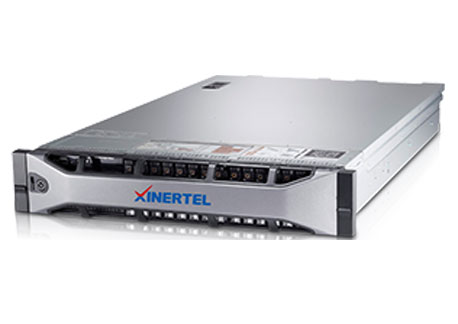Before the Ethernet Tester is purchased and used, the switch is basically tested. In fact, the switch has its own loopback detection function. Therefore, you can use the built-in loopback function to perform a test before using the switch. Next, please write to the company and how to properly use the loopback detection function of the switch.
First, when using the loopback detection function to test the switch, the first thing to do is to enable the loopback detection function. The method of opening depends on the specific model, and after the startup, the fixed transmission frequency detection packet is periodically fixed. If the switch can receive the data packet sent back by the exchange price itself, it is considered that there is a network loop. At this time, the switch will automatically close the MAC address and stop learning.
Second, when using the loopback detection function of the Lan Network Tester to test the switch, pay attention to the port mode of the switch. For example, if the port mode of the switch is ACCESS, you can locate which port forms a loop, and if it is a trunk. In the mode, as long as any VLAN forms a loop, the port will be locked. Therefore, first understand the port mode.
Third, when the loopback detection function is performed for the switch test, a fault may also occur. For example, if the TRUNK port mentioned earlier is found after the network loop is found, the detection command may be used to detect which access port has a loop. And will not close the port. If there is no abnormality after the detection is completed, the loopback function can be directly closed without affecting the operation of the switch.
What I just mentioned is that the switch is tested by the loopback function that comes with the switch. After an exception occurs, the specific loop can be found through the displayed alarms. The biggest advantage of using the loopback function is that it will not affect the switch. Will not affect the Internet business.
